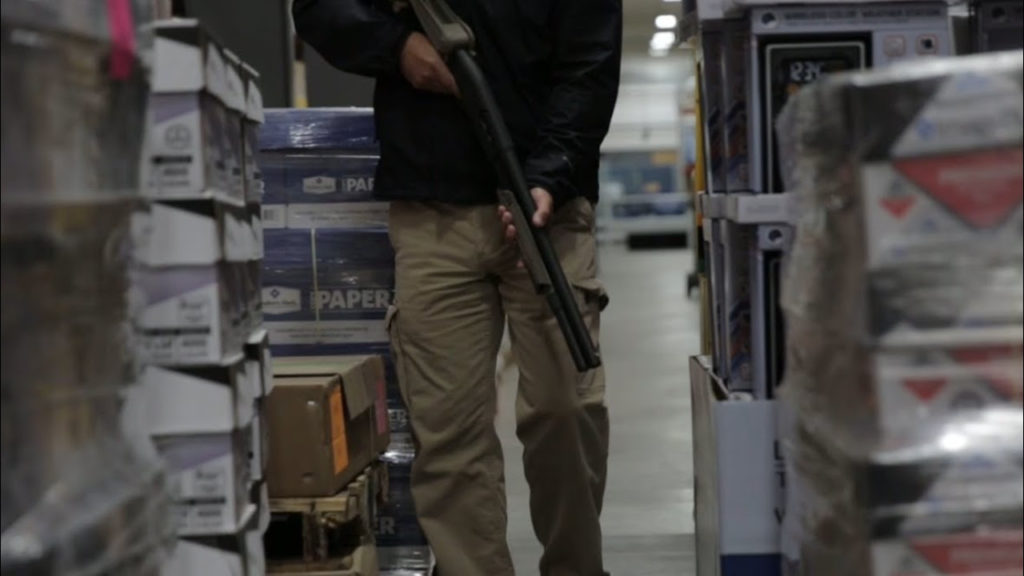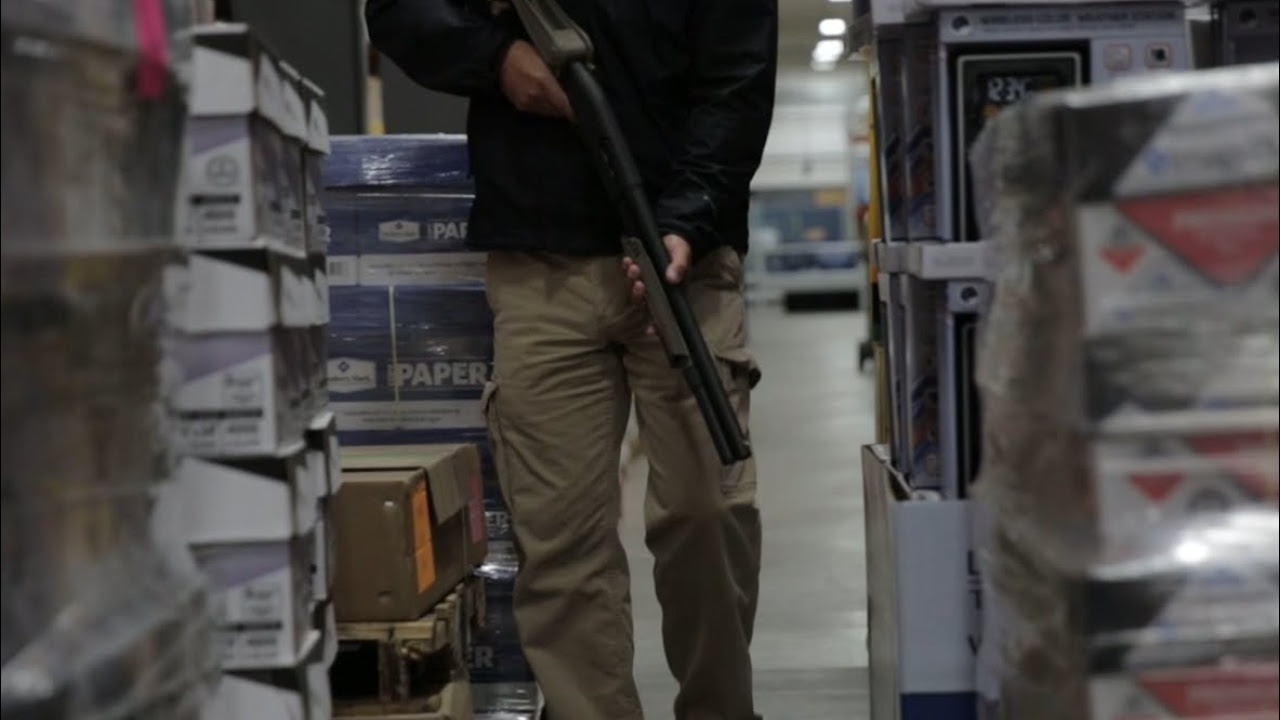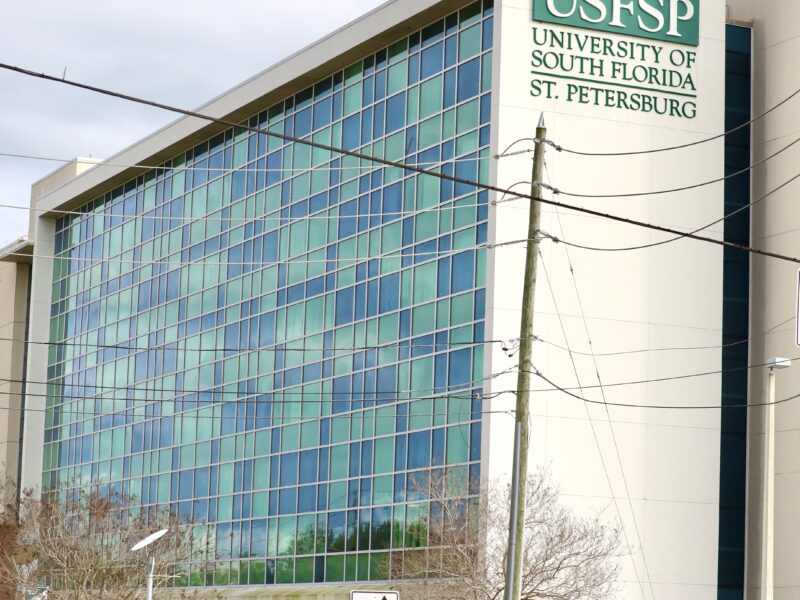
Statistics like this are a haunting reminder that school shootings are more than a tragedy we see on the news. They are a real threat to students across the country. Although the chances of being involved in one are comparable to being struck by lightning, it only takes one to cause irreparable loss.
In an effort to better prepare students, faculty and staff to handle such an event, the USFSP University Police Department hosted the Civilian Response to Active Shooter Events (CRASE) course Feb. 17.
Led by Sgt. Jonathan Dye, a UPD officer for two decades, the one hour and thirty minute long presentation provided a concise order of operations for handling active shooters: avoid, deny, defend.
Based on the “Run, Hide, Fight” model, CRASE provides victims of armed assaults with priorities for survival. The first is avoidance which calls for an awareness of your surrounding and potential exits as well as distancing yourself from the threat. When escape is risky or impossible, deny the shooter by hiding or barricading yourself from them. Defending yourself is a last resort that should be carried out with commitment and aggression.
Once you are certain of your safety, inform the campus police of the emergency. Never assume someone else is calling. If you encounter officers responding to the shooting, show your hands to confirm that you aren’t a threat and provide them with relevant information: a description of the shooter, where they went, what they’re armed with and how many there were.
This simple flowchart is becoming more essential for students to memorize due to the increased frequency of these events.
“I think it’s important for everyone to get this training,” said Sgt. Dye. “Unfortunately, it’s an event that’s happening more often.”
The Harvard School of Public Health showed that mass shootings have more than tripled since 2011, an upward trend that doesn’t show signs of stopping.
It’s difficult to imagine such a disaster happening on our campus, but Sgt. Dye emphasizes that it’s a reality we need to prepare for.
“It’s always a good idea for people to think about worst case scenarios. A little training may save a life in case of an unlikely scenario,” said Sgt. Dye.
But what if training isn’t an option?
Not everyone has the schedule, money or physical ability to attend disaster simulation and first response seminars.
The CRASE course highlights that effective preparation doesn’t need to come with a certificate or a badge.
“Training for these events is as simple as thinking about it, having the proper mental tools and being prepared to physically respond,” instructed the Sergeant.
He also noted that an olympic-level of fitness isn’t vital to staying safe from a gunman. Healthy eating and exercise can certainly help, but situational awareness and staying rational under pressure play a much larger role.
CRASE focuses on the elements needed for you and those around you to survive a campus shooting, but the course also recognizes the importance of prevention.
While there is no universal model of a mass shooter, warning signs can be seen by the attentive and trained. Some red flags are intuitive. While aggressive behavior, a history of violence and notable anti-social patterns aren’t guarantees of future violence, they could be symptomatic of something deeper.
“The commonality among most shooters is mental illness,” explains Sgt. Dye, ”and it usually bears fruit in the late teens to early twenties, which is why our community is so susceptible.”
There is a more direct warning sign that no one expects to see: social media. Over half of the perpetrators of campus shootings broadcast a warning over social media soon before they act. These warnings can range from an out of character tweet to a full admission of guilt over Facebook.
Vague or explicit, the forecasts put out by future gunmen all too often go unaddressed, but not unobserved. Similar to the difficulty of imagining a school shooting occurring here, most can’t picture someone they know having such horrendous motives.
This doesn’t mean every disgruntled post from a friend should be submitted to the campus police. Instead, recognize that you are the first line of defense. If you notice someone going through hard times or exhibiting signs of distress, offer a helping hand. The correct course of action varies from scenario to scenario, but erring on the side of caution and trusting your instinct is always applicable.
Being perceptive of those around you and reporting anything that just doesn’t feel right are the core lessons of prevention. Campus police would rather you alert them to a sketchy, but ultimately innocuous scenario, than let disaster strike.
This can be done through one of the blue emergency phones placed throughout campus, or their telephone number, 727-873-4444.
“As a student, you’re going to know suspects or threats much sooner than us.” stated Sgt. Dye. “The police need the community. You’re our eyes and ears.”



